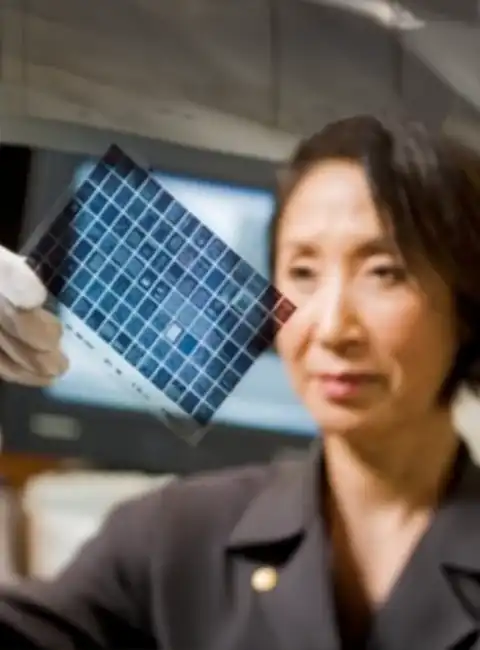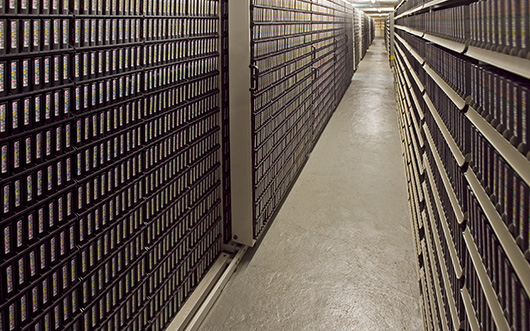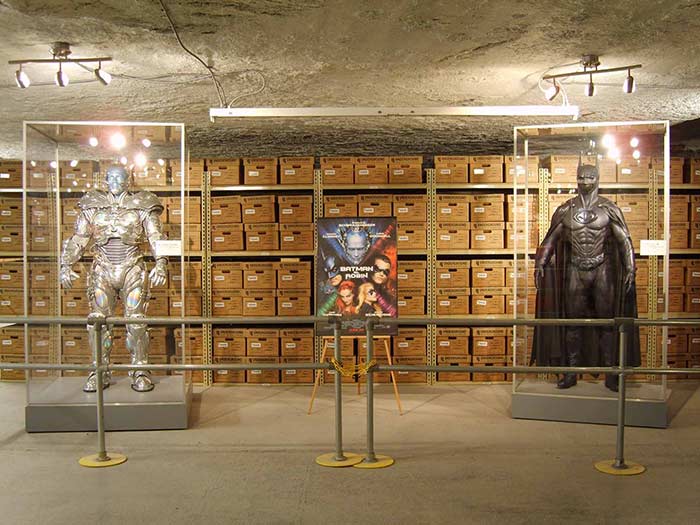MICROFORMS
DEFINITION:
Processed films that carry images of documents to users for transmission, storage, reading and printing. Microform images are commonly reduced about 25 times from the original document size. For special purposes, greater optical reductions may be used. To learn more about microform preservation and handling, click here to view Kodak image tips. (1)
MICROFORM FORMATS:
ROLL FILM:16mm: Can easily hold 2,000 to 5,000 8.5/11 documents on one roll and, at higher reductions, 40,000 check images.
35mm: Normally used for large format documents or X-rays; over 500 “E” size drawings can be on one roll.
Roll (Open Spool): The roll is called “open spool” because the film is rolled on a reel. The roll format is normally used for materials such as historical manuscripts, newspapers, or any other records that have to be kept for long periods of time with little expected usage.
Roll (Cartridge): The “cartridge” is roll film placed inside a special container (cartridges). The cartridge is normally used for records where there is a need for easy and fast retrieval. These may include accounts payable vouchers and invoices, checks, or records that are in some numerical or logical sequence for easy retrieval.
MICROFICHE:
FICHE:
“Fiche” are sheets of 105mm x 148mm film (the length can change with application)containing images in rows and columns, forming a grid pattern. Microfiche can be used for catalogs, parts manuals and randomly entered business documents which are computer indexed for automatic retrieval.
JACKETS:
Jackets are a unitized format that are normally used for records that average 40 or more images per folder and may require updating at various times. Jackets come in a variety of sizes and are available for both 16mm and 35mm microfilm. The standard 4×6 inch jacket can hold up to 60 images. Jackets work well for student records, medical records or other records containing a considerable number of images. The jacket is similar in function to the file folder, and can be used in the same manner.
APERTURE CARDS:
16mm: Aperture cards are a unitized format that are normally used for records that average 25 or fewer documents per folder and may require updating at various times. The aperture card looks like the computing tab card except with channels to insert microfilm images. It works well with medical records or small student records files.
35mm: 35 mm aperture cards are used to hold engineering draws and maps. There is only one image per card. (3)
FILM BASES:
SILVER-HALIDE FILM:
Produces images of high quality and is used universally for original camera negative (first-generation) microfilm. Its potential life-expectancy rating of 500 years makes it the only film suitable for archival records. Silver-halide film has rigid environmental requirements, however, and deteriorates rapidly if exposed to high temperature or humidity, chemical agents or pollutants, or frequent handling. Its primary use is as a security copy of the records, from which other copies can be made in case of emergency. This type of film is commonly selected for use in off-site storage by companies or organizations with storage needs. (2)
DIAZO FILM:
This film is a polyester-based film coated with an emulsion of diazonium salts. Its storage requirements are somewhat less demanding than those of silver-halide film, and it can normally be stored in a filing cabinet in a climate-controlled office environment. Diazo is used mainly for reference purposes, as it can sustain heavy use without scratching. It is not archival quality microfilm, however, and should not be relied on for records preservation purposes. (2)
VESICULAR FILM AND DRY SILVER FILM:
These film types are not common, nor are they recommended for archival microfilming. The primary use of dry silver film is producing computer output microfilm. (2)
HANDLING GUIDELINES:
Ideally, there should always be at least two copies of microfilm, an archival copy and a working copy. As microfilm, fiche, and aperture cards are handled, damage from finger prints and exposure to chemicals can impact the image. Readers and reader-printers, especially, can scratch microfilm as dust or grit works its way into the machinery. The archival copy is the master, useful for producing future working copies. Microfilm should never be exposed to heat or sunlight, and it should be kept away from chemicals, fumes, dust, food, and liquids
Silver-halide polyester microfilm is intended as a preservation copy or a copy from which user copies can be made. It should not be handled unnecessarily or used by researchers. Because it scratches easily, it should never be placed in an automatic microfilm reader. When handling silver-halide microfilm, staff or other users should always wear lint-free cotton or nylon gloves, as oils from the skin can damage film. (2)
REQUIREMENTS FOR STORAGE AND PRESERVATION OF MICROFILM:
The storage vault, cabinet, safe, or area chosen should be based on the value of the film records and their projected storage life. Generally, one roll per container is acceptable. Containers should be stored in metal cabinets. These cabinets should be situated in the room so that there are no stagnant air pockets or localized areas where temperature and humidity levels may reach higher levels that the general condition. If humidity can not be controlled, sealed metal or glass containers are necessary.
Although the same general storage principles apply to medium term and long term storage records, greater care must be taken to obtain maximum protection for long term storage records; makeshift or temporary arrangements should not be considered.
Sources Cited:
(1) Reilly, James M. (1996). “IPI Storage Guide for Acetate Film,” Image Permanance Institute.
(2) “Storage and Preservation of Microfilms,” Eastman Kodak Company, Kodak
Publication No. D-31.
(3) “Records Management: Microfilm Questions and Answers,” The Curators of the University of Missouri, 13 August 2007.
LEARN MORE




















